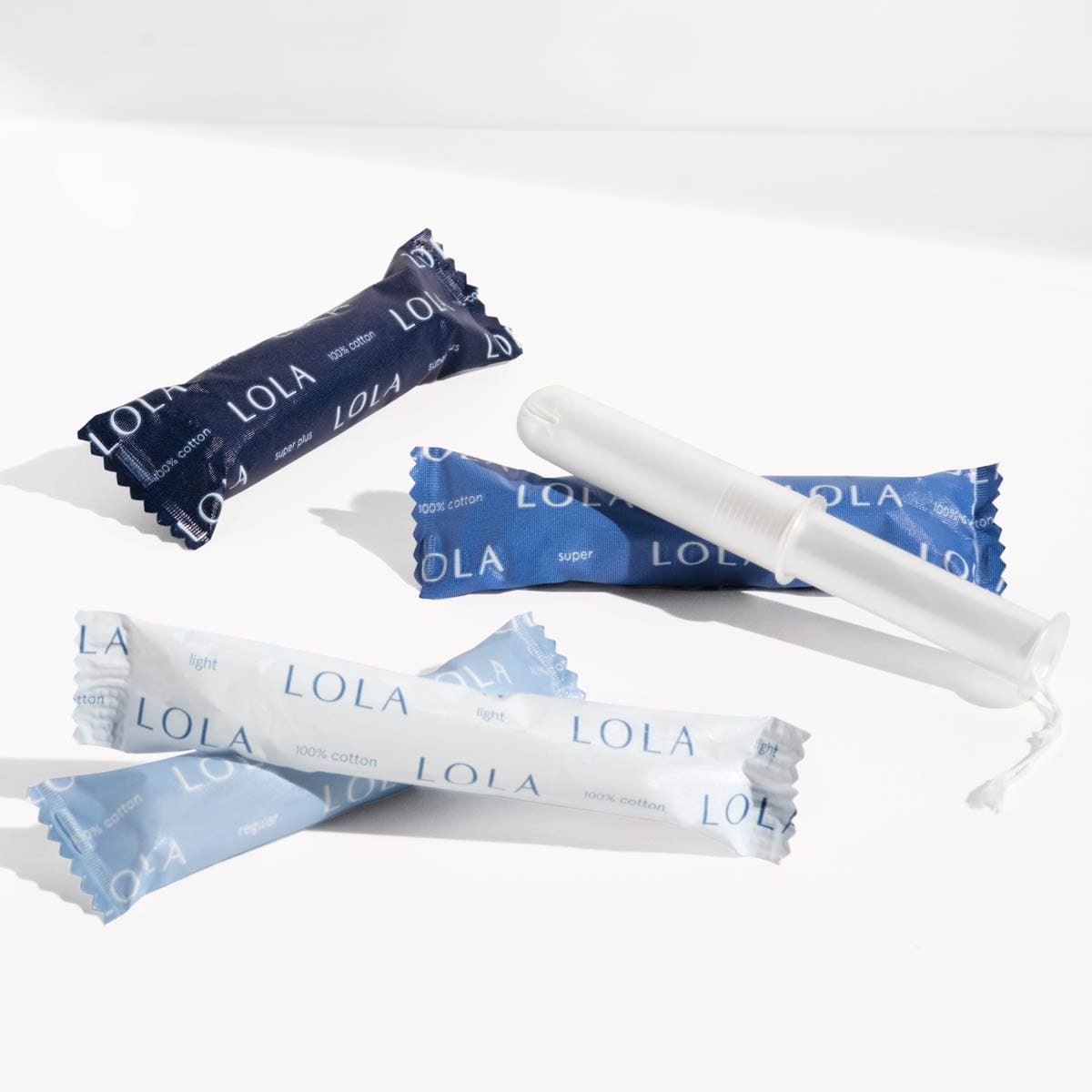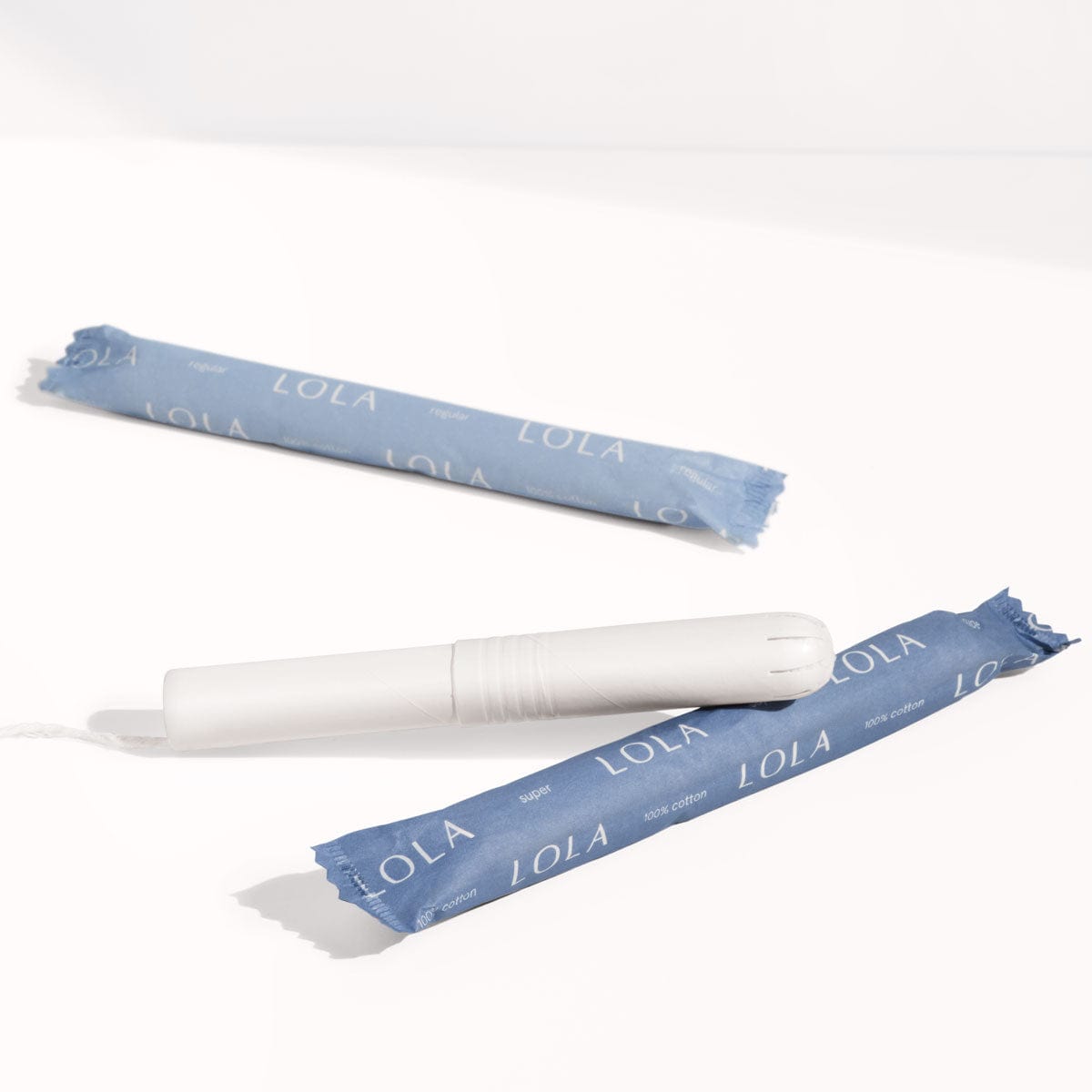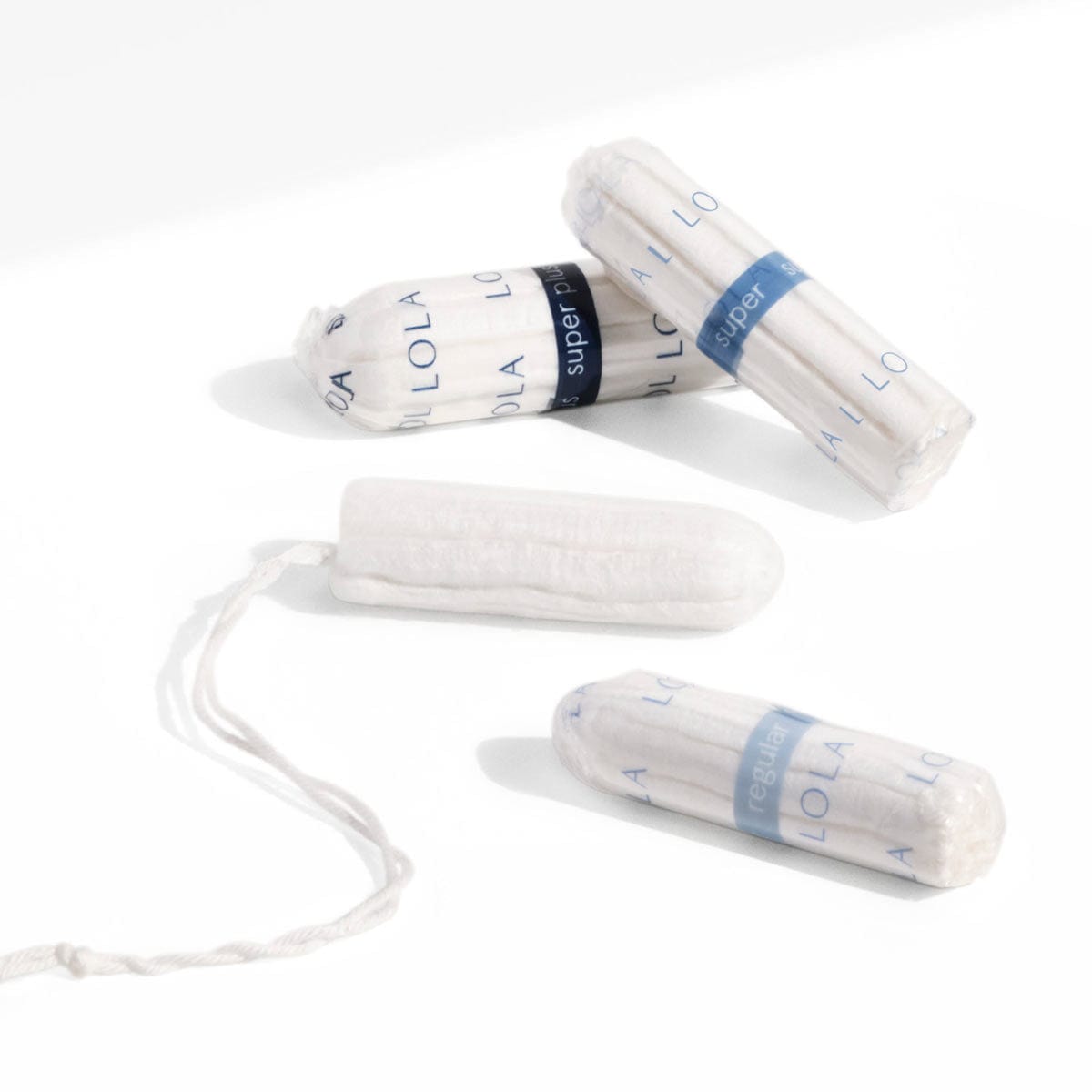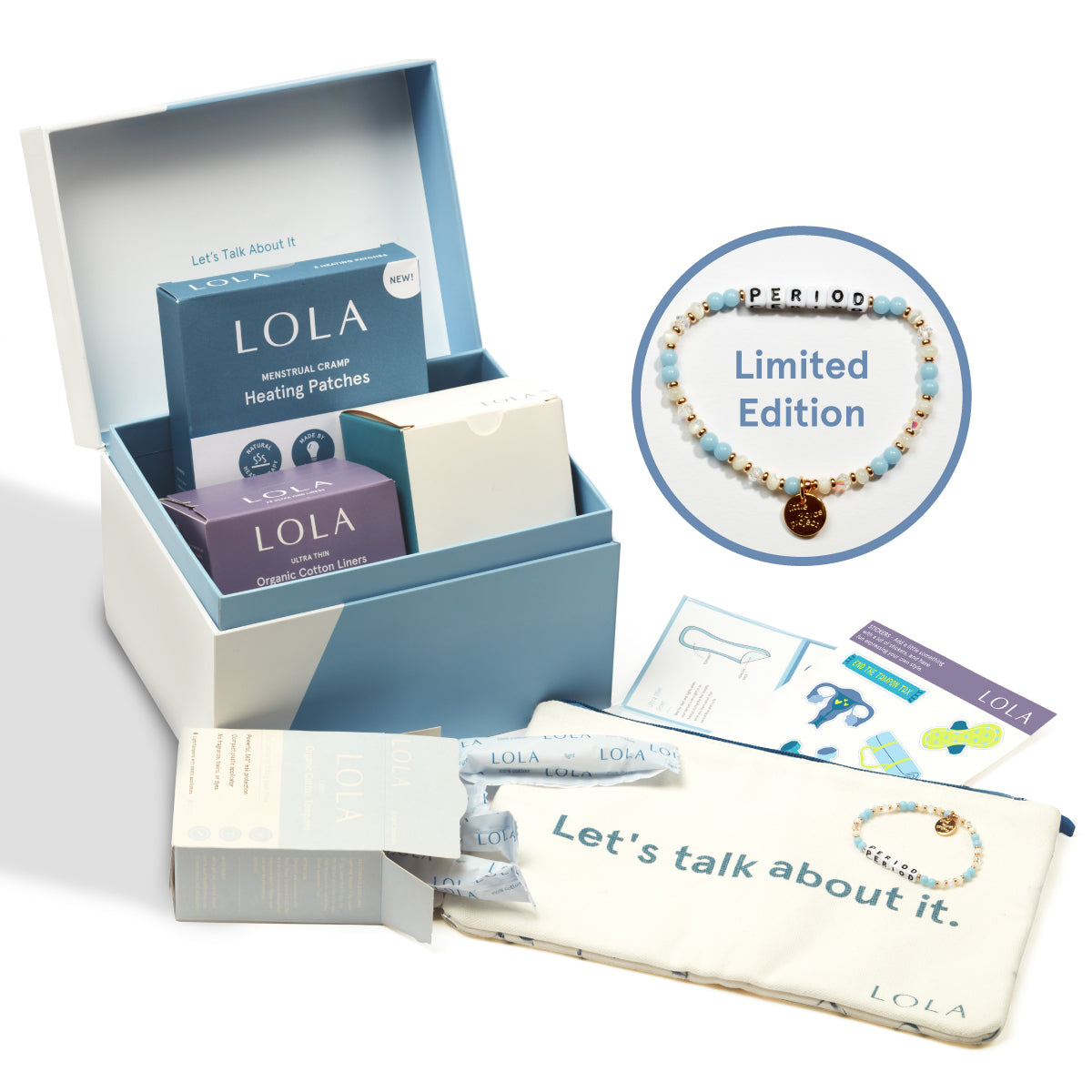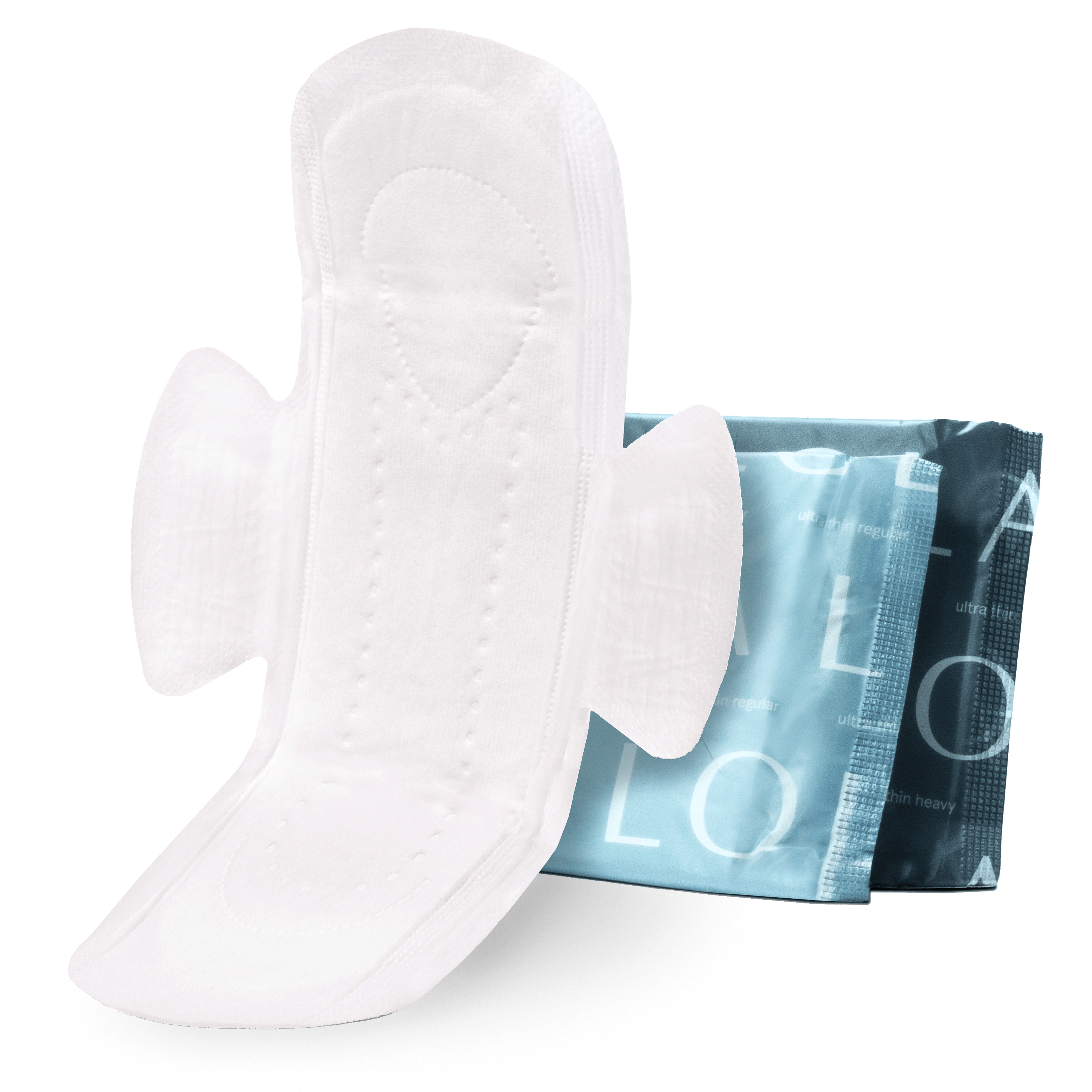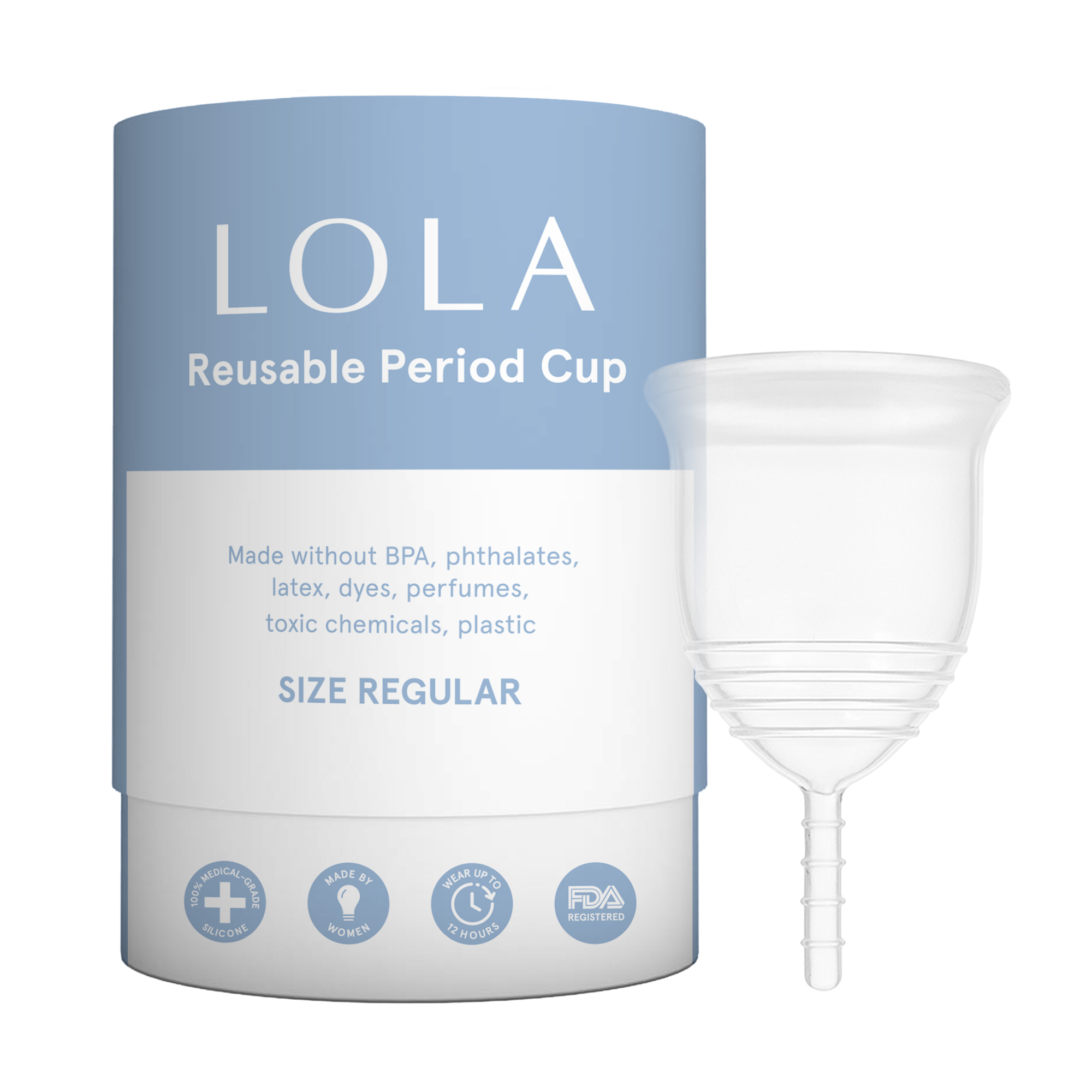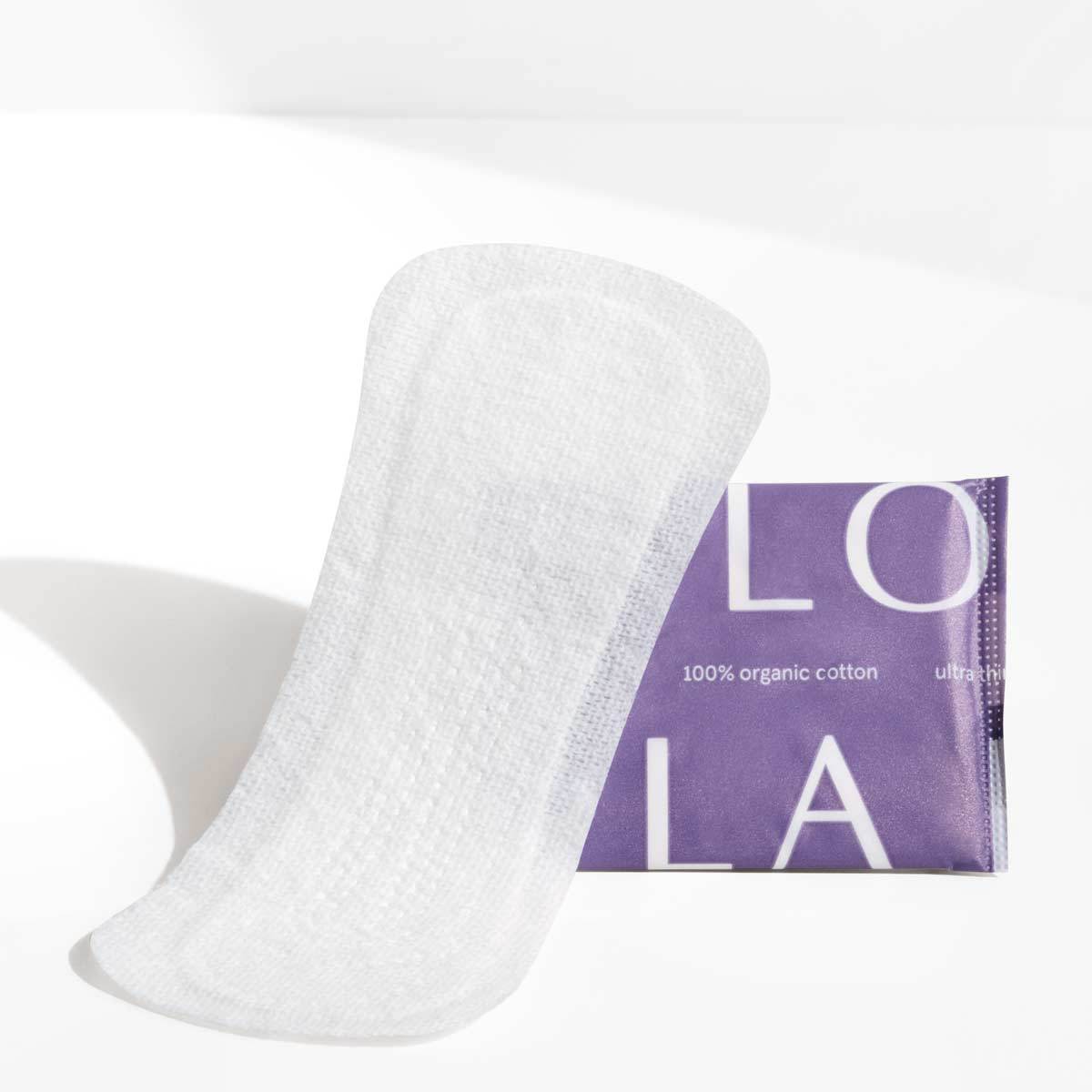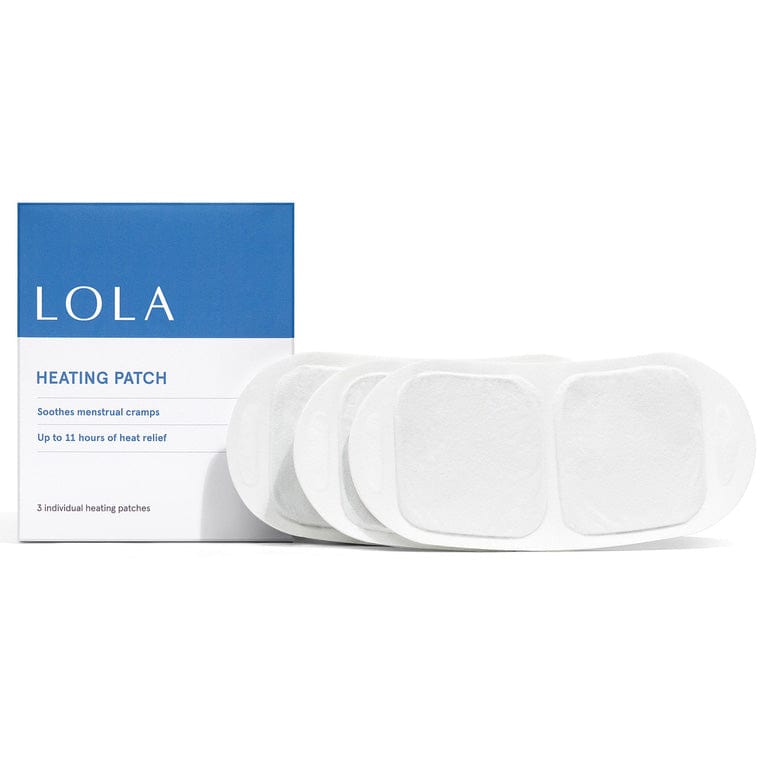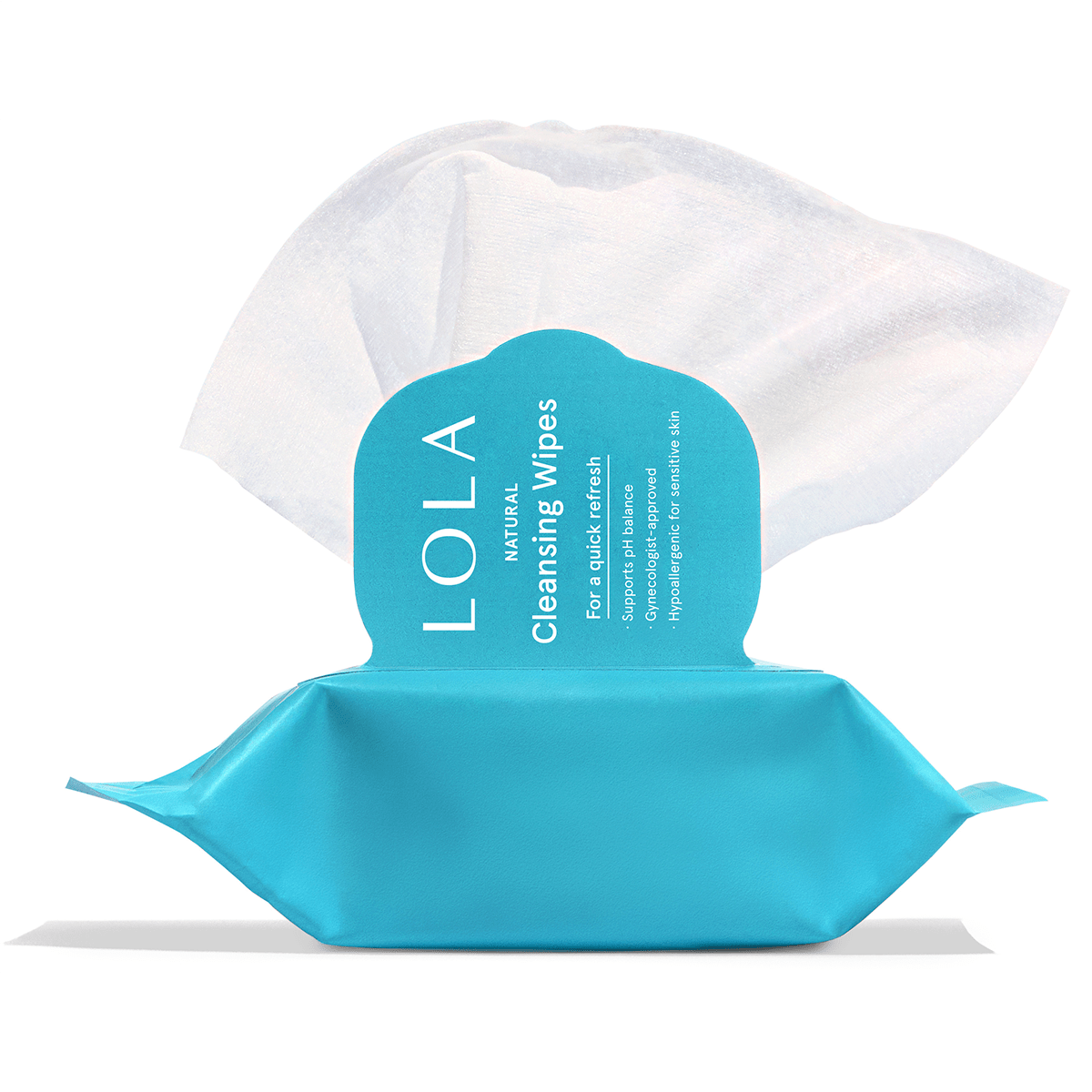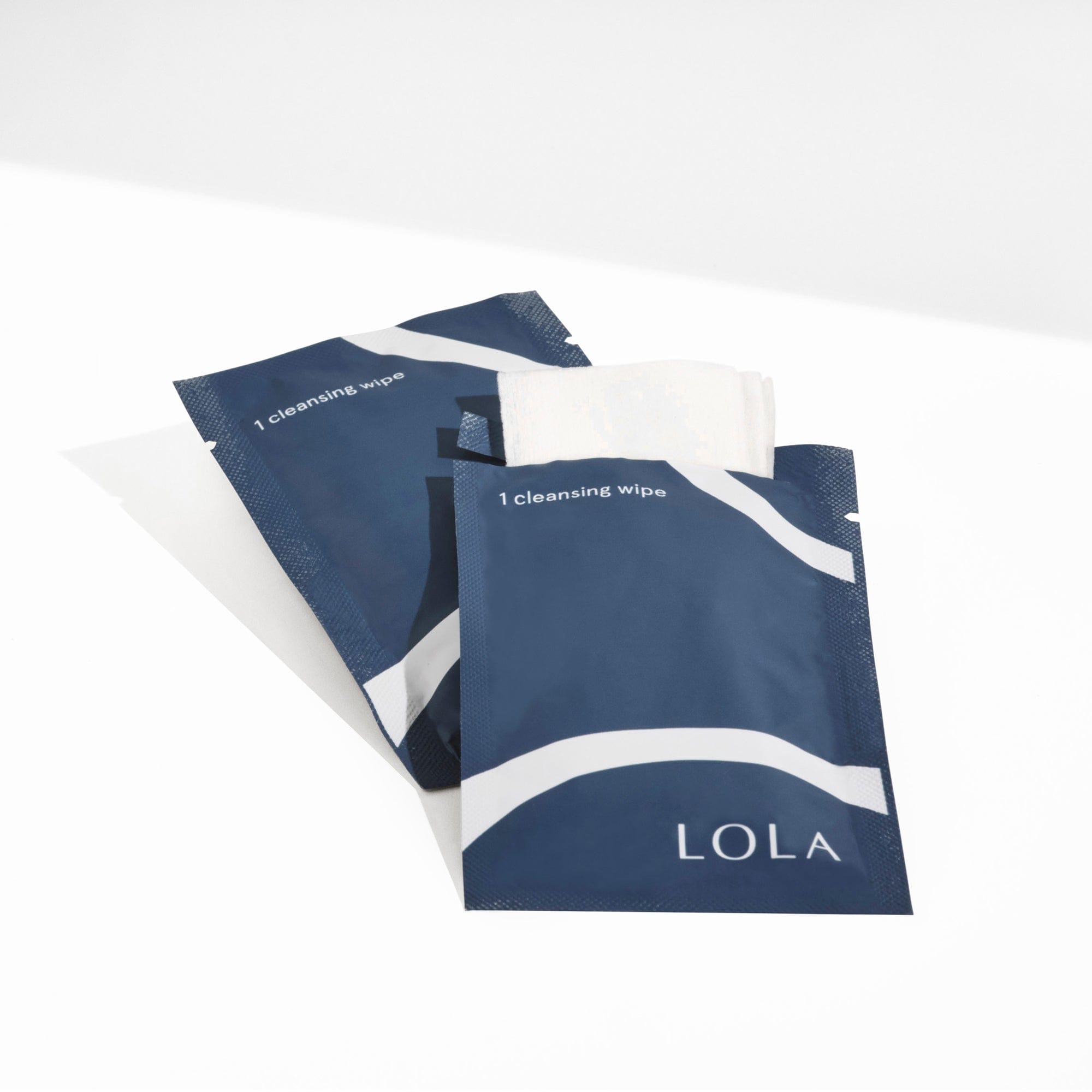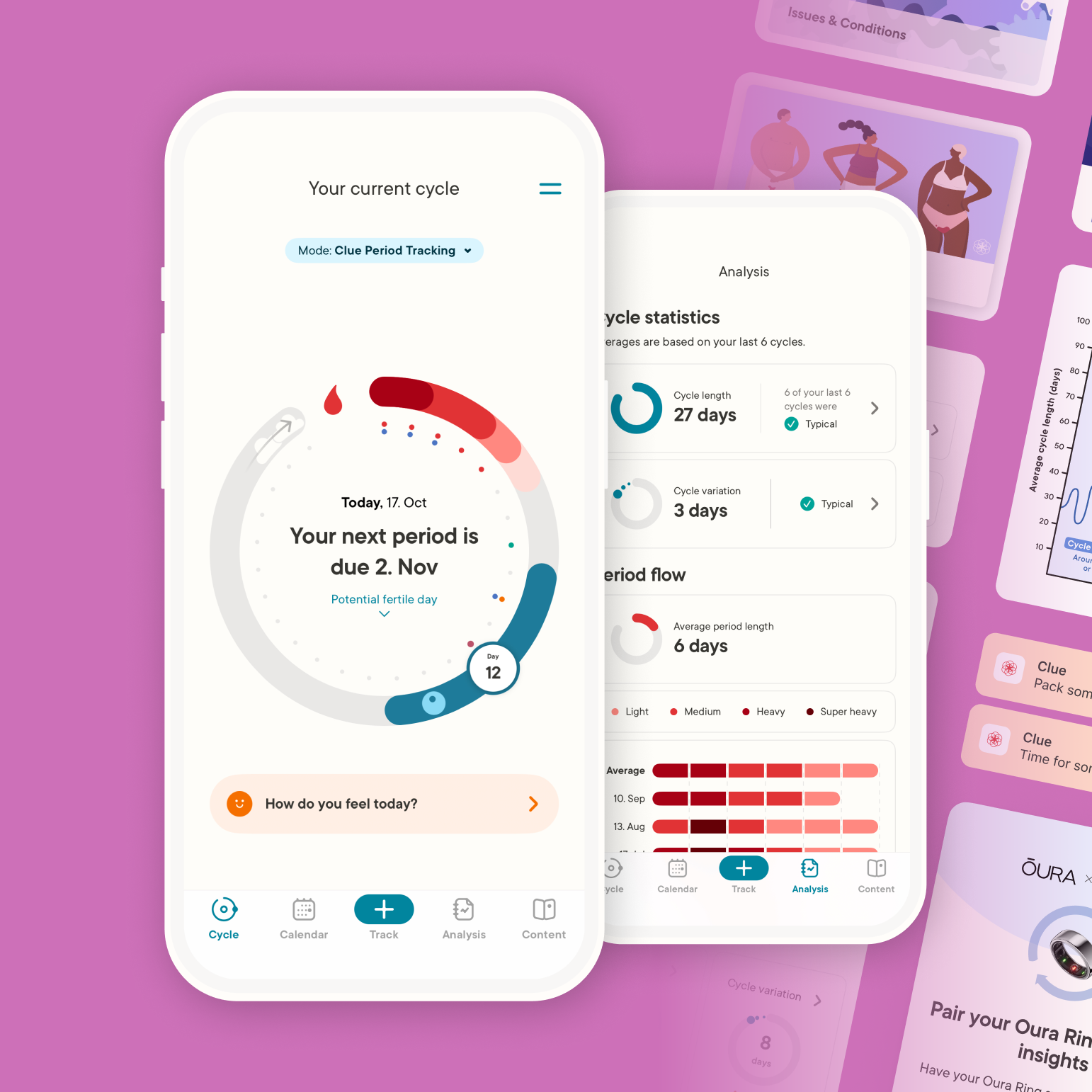As healthcare trends veer toward accessibility, advances in technology are opening new doors to convenient care. For example, life-saving artificial intelligence isn’t typically something you’d expect to see in a tampon—until now.
A group of graduate students at Johns Hopkins university have developed a concept for a “smart tampon” that can help detect cervical cancer. The device may look like a regular menstrual product, but with the help of AI, it could prove to be both a life-saver and a game-changer in healthcare.
What started as a group project for an intensive AI course quickly became a potential solution to a major hang-up for people who regularly undergo pap smears. While not necessarily the most enjoyable health screening, a pap smear is a crucial part of routine healthcare for individuals with cervixes. This exam tests for cervical cancer, a disease that kills about 4,000 people each year in the U.S. alone.
“We were sitting around in a friend’s living room talking about all the things we hated about healthcare… and the first thing that came to mind for another colleague and I was to have your pap smear done,” one of the product’s developers Hayley Hoaglund told Minnesota News. “It can be painful, it’s invasive, and that’s why we came up with this idea of the smart tampon to be able to detect cervical cancer in the comfort of your own home.”
How does it work?
For anyone with a cervix between the ages of 21 and 65, experts recommend scheduling a pap smear every three years. The exam is typically performed by a doctor and involves collecting a sample by swabbing the cervix. While relatively straightforward, this oft-dreaded screening can be reason enough for people to delay care, as it can be awkward, uncomfortable, and even emotionally triggering for some.
This is where a smart tampon could really be pivotal. With the advent of an at-home screening device that’s available at the local pharmacy, individuals could keep up with their recommended care routine from the comfort of their own home. Developers also noted that the cost of a smart tampon would likely be half that of an in-office screening, making this potentially life-saving test more accessible to individuals who can’t afford the pileup costs of a test, an office visit, and any lost wages from having to take time away from work.
While the benefits are obvious, how exactly does it work? To be clear, the product may be called a smart tampon, but this particular device does not test blood. Through imaging technology and AI, the device scans the user’s cervix to detect any cell abnormalities.
Using the device is as simple as inserting a tampon, hence the name. The device is outfitted with a tiny camera that takes photos of the user’s cervix and compares them to a catalog of images depicting the full spectrum from totally normal to indications of cancerous or precancerous cells.
Ideally, the device would then communicate this information wirelessly to an integrated smartphone app and potentially even a platform like MyChart that can be accessed by a practitioner, the developers said in their interview with podcast Ordinarily Extraordinary: Conversations with women in STEM. If abnormalities are detected, the device then alerts the user that further screening is necessary and an appointment should be made with their healthcare provider.
In the interview, the developers likened the concept to a pregnancy test. At-home pregnancy tests have infinitely simplified the lives of people who can get pregnant—imagine having to make an appointment with your OB-GYN every time you wanted to know whether your late period was a pregnancy. And in the event that an at-home test reveals a positive result, it’s always recommended to follow up with a doctor for an in-office test. The same goes for the smart tampon. The test can conveniently be conducted at home, and if any abnormalities are detected, a follow-up is recommended.
Pushing the healthcare envelope
When it comes to health, wearable technology is nothing new. Thanks to a myriad of devices that can track just about any bodily function, we have access to more information about our bodies than ever before.
In fact, other vaginal health screening concepts already exist. Another type of “smart tampon” from startup NextGen Jane that’s currently undergoing clinical trials aims to test menstrual blood for a number of possible issues including HPV, endometriosis, uterine fibroids, and polycystic ovarian syndrome among other diseases. Similar products are in the works to provide real-time insights on fertility, reproductive health, and sexual wellness.
Despite these strides in the “femtech” movement, healthcare for women and trans and gender-fluid folks has historically been under-prioritized and under-funded.
“It’s no secret that people with cervixes in general have been marginalized, be it in clinical trials, research, innovation and development in the field of women’s reproductive health,” Hoaglund told Minnesota News. “It’s really important to keep innovating and to look for solutions for people with cervical cancer, cervix in general. We’re a big segment of the population.”
Barriers to entry
The past few years have revealed some of these lapses and gaps in our healthcare system that rising at-home care trends are working to fill. More instances of self-testing and screening kits for anything from Covid-19 and male fertility to STD and DNA testing increase access to crucial care and potentially lower costs for countless individuals who, without these resources, might eventually need extensive and expensive medical care for something that could’ve been prevented.
While the technology is promising, it’s important to note that the smart tampon won’t be on pharmacy shelves anytime soon. As they navigate the early stages of product development in the femtech arena—one chronically ignored by investors—Hoaglund and co-creator Madeleine Howard said they’re struggling to secure funding for further research and prototyping. For such a device, the pathway to FDA approval can be lengthy, but Hoaglund and Howard are hopeful that smart tampons will be readily available to consumers within the next two years.
“From everyone we’ve heard, this is a novel idea, it’s something that is feasible and really could come to market,” Howard said in the interview. “It’s something that could have an immense impact in the healthcare field and for those who would benefit from it.”
2025 Update:
F.D.A. Approves First At-Home Alternative to the Pap Smear
The Food and Drug administration has approved the U.S.'s first at-home alternative to the Pap smear. Read More >
